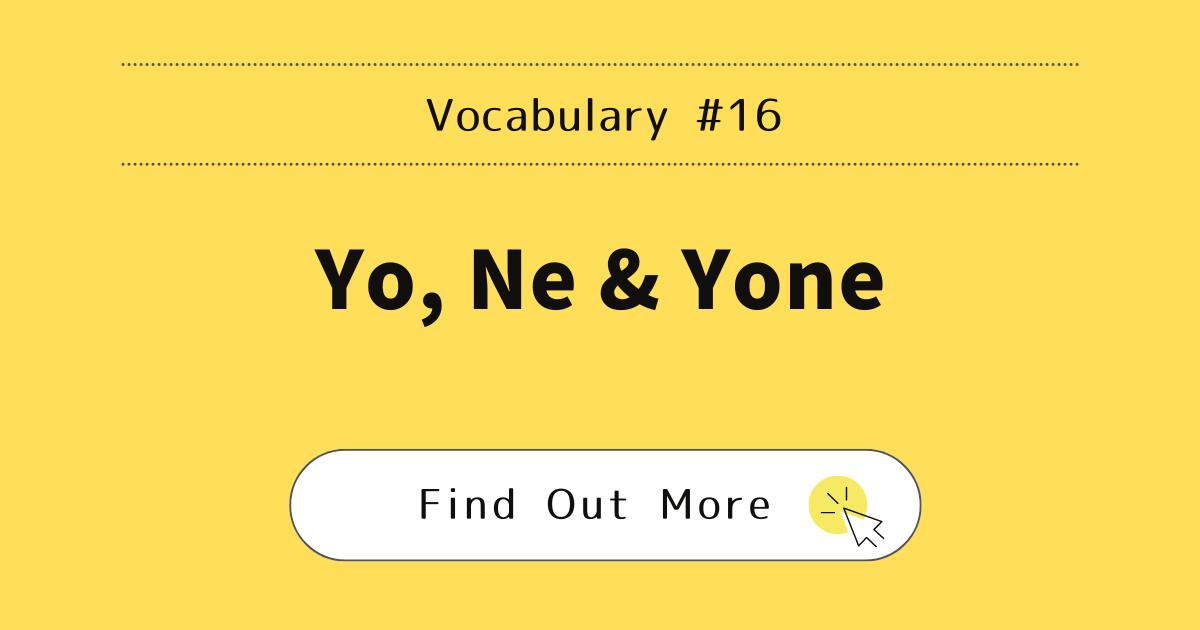
Introduction
In Japanese, sentence-ending particles like よ (yo), ね (ne), and よね (yone) help express the speaker’s attitude or look for agreement from the listener. These particles are important for sounding more natural in conversations. Each particle has a different meaning depending on whether the speaker is giving new information, confirming something, or seeking agreement. This article will explain the differences between よ, ね, and よね using simple examples.
Examples and Explanation
1. よ (Yo): Giving New Information
The particle よ is used when the speaker is telling someone something new or emphasizing something that they believe the listener might not know.
Example: サラリーマンは大変だよ。
(Sarariiman wa taihen da yo.)
Working for a company is tough, you might not realize it.
In this case, the speaker, who is an office worker, is telling someone (maybe a student) that working for a company is difficult. The speaker assumes the listener might not be aware of this.
2. ね (Ne): Looking for Agreement or Confirmation
The particle ね is used when the speaker and listener both know about the situation, and the speaker is looking for confirmation or agreement.
Example: サラリーマンは大変だね。
(Sarariiman wa taihen da ne.)
Working for a company is tough, right?
In this example, the speaker is acknowledging the listener’s situation and looking for agreement. This could be said by a student (the speaker) to an office worker who looks tired, or between colleagues who are both tired after a long day. The speaker is showing understanding and asking for agreement.
3. よね (Yone): Reaffirming a Shared Understanding
The particle よね combines the meanings of よ and ね. It’s used when both the speaker and listener know the situation, but the speaker wants to confirm or emphasize that understanding.
Example: サラリーマンは大変だよね。
(Sarariiman wa taihen da yo ne.)
Working for a company is tough, isn’t it?
In this example, both the speaker and listener are likely office workers, and they both know how tough working in a company can be. The speaker is emphasizing this shared experience, looking for the listener to agree.
Key Differences
- よ (Yo): Used to tell someone new information or to emphasize something. The speaker assumes the listener might not know.
- ね (Ne): Used when both the speaker and listener know the situation, and the speaker is looking for agreement or confirmation.
- よね (Yone): Used when both the speaker and listener know the situation, but the speaker is confirming or emphasizing their shared understanding.
Conclusion
By understanding the differences between よ, ね, and よね, you can make your conversations in Japanese more natural and expressive. Remember:
- Use よ when you’re telling someone something they might not know.
- Use ね when you’re looking for agreement or confirmation.
- Use よね to emphasize a shared understanding with the listener.
Learning how to use these particles properly will help you communicate more smoothly in Japanese.



